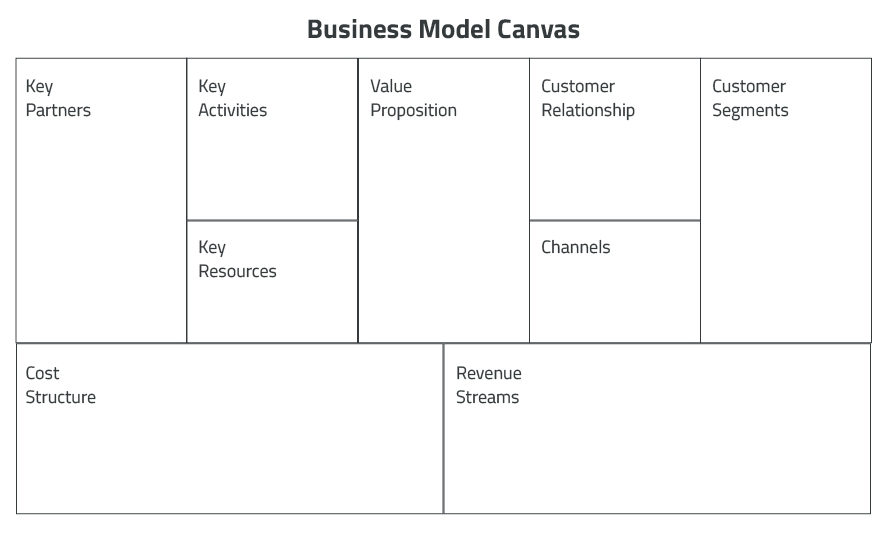Innovation undoubtedly became the “engine” of the progress, competitive ability and economic growth. Innovation regards as a “life-and-death matter for a firm”. However, paradox is that still some difficulties remain in understanding what exactly the innovation is and how important it is in nowadays world.
Despite the fact that there are many definitions of processes of innovation, generally all innovations contain three underlying elements: newness, improvement and the overcoming of uncertainty. Newness is probably one of the most important parts of innovation, although such newness could be understood as something novel to the form or industry as a whole. Improvement is related to the fact that firms need to find the superior quality to those products which currently exist in the market.… Read the rest

